Bad Ratzes is considered one of the oldest tourist facilities in the Dolomite region. The reason for the creation of this so-called "wild bath" was the presence of sulphur and iron springs which emerged from the Schlern. 300 years after the official foundation of Bad Ratzes in 1723 by a doctor from Kastelruth, we have analysed the development of the bathing establishment and its surroundings in the context of a historical chronicle and reproduced it in a publication. The year 2023 is considered a turning point for tourism in South Tyrol. With approx. 8 million tourists per year, the limit of what is sustainable has been reached. From infrastructures such as mobility to waste and drinking water, but also the acceptance of the local population. Reflecting on the past provides the basis for a more conscious development toward a sustainable future. Research in public and private archives from South Tyrol to London, examination of hundreds of works of art, publications, etc., interviews with regular guests and contemporary witnesses as well as cartographic and photographic images form the basic framework which is supplemented and explained in a written form.
Historical Study of Bad Ratzes
Partners:
Layout and Illustrations - Angelica Cianflone
Photography - Helmuth Rier
Simon Mayrl

Bad Ratzes is one of almost 500 accommodation facilities in the municipality of Kastelruth in the Schlern area. Nevertheless, the historic Bad Ratzes is not comparable with any of these establishments. Not only because it is one of the oldest establishments in this area, but also because its location at the foot of the Santner and Euringer, the "devil's peaks" of the Schlern, in the middle of a dense spruce-fir forest, is quite untypical for a hotel establishment. The establishment and success of a hotel depends to a large extent on its accessibility, function (e.g. post hotel), hours of sunshine and its panorama. Historic mountain bathing establishments, such as Bad Ratzes, with its healing springs springing from the surrounding rock faces, are located in impassable terrain and were difficult to reach. This is why the term "wild bath" is used in the Tyrolean thermal bath tradition. Bad Ratzes emerged as such, as a place of contrasts, closed and open at the same time, steep, edgy, organic and gentle. High mountains, deep valleys and dense forests were not regarded as romantically in former times as we do today, as these conditions brought a lot of effort and discomfort into the everyday life of the inhabitants.
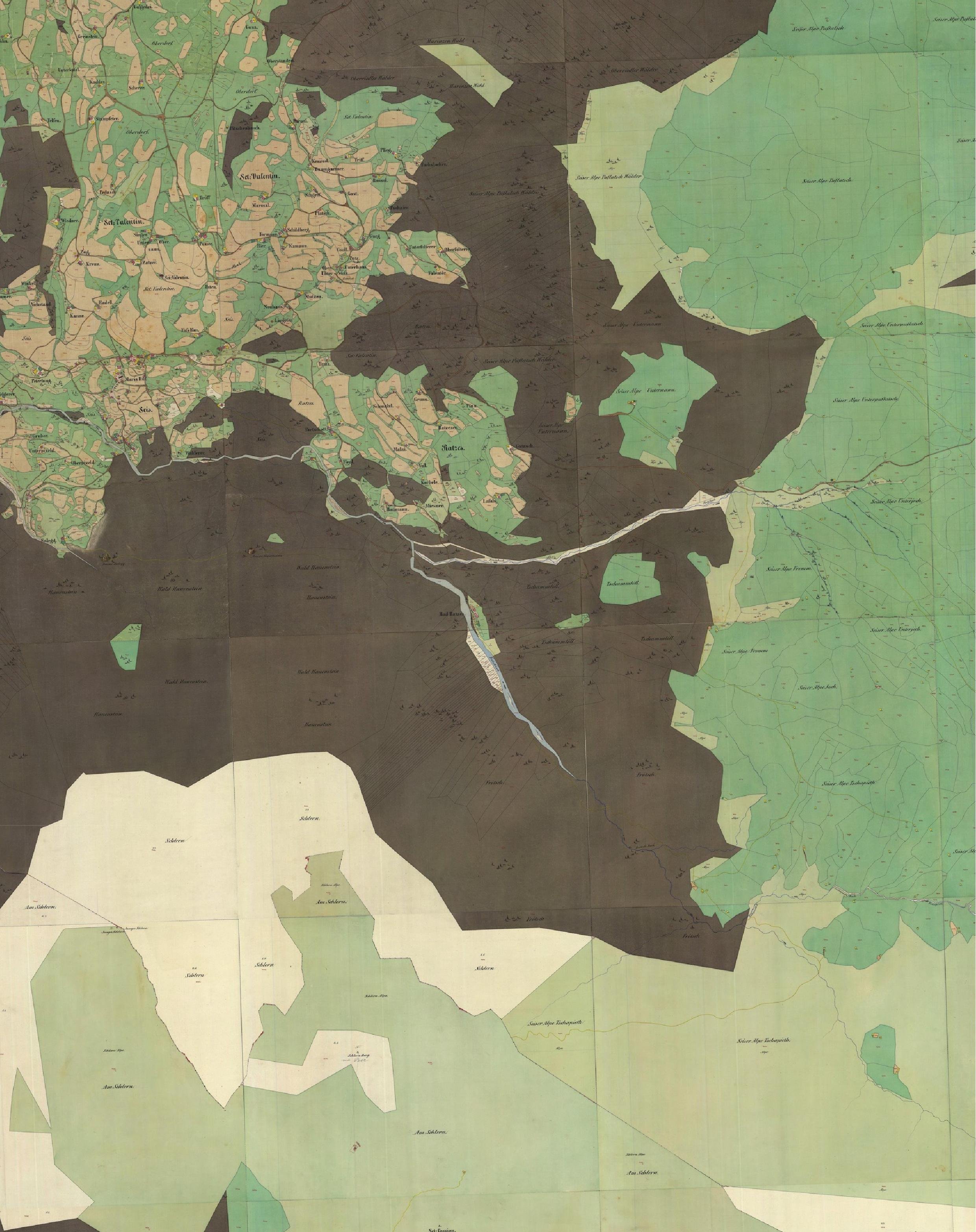
1858
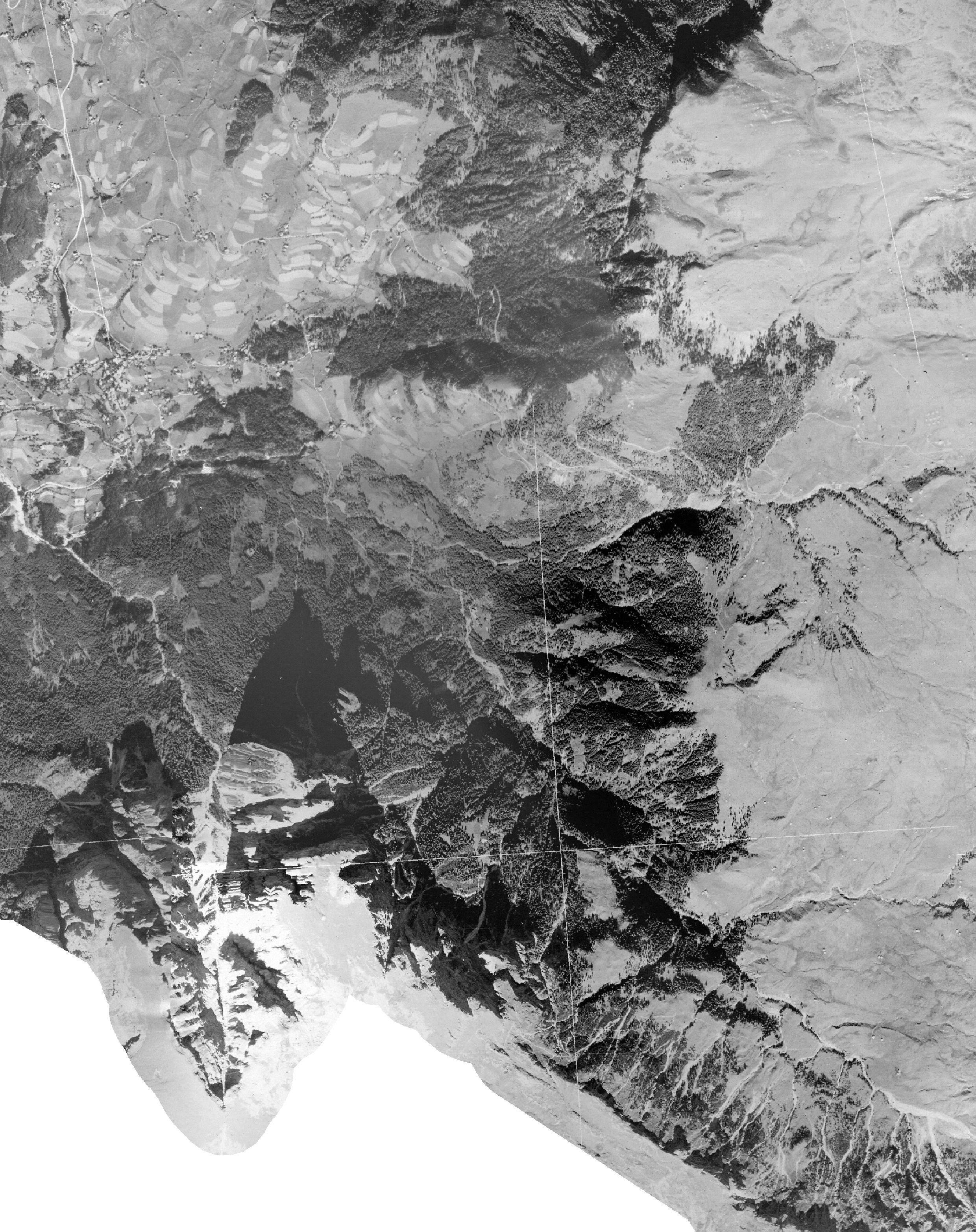
1945

2020
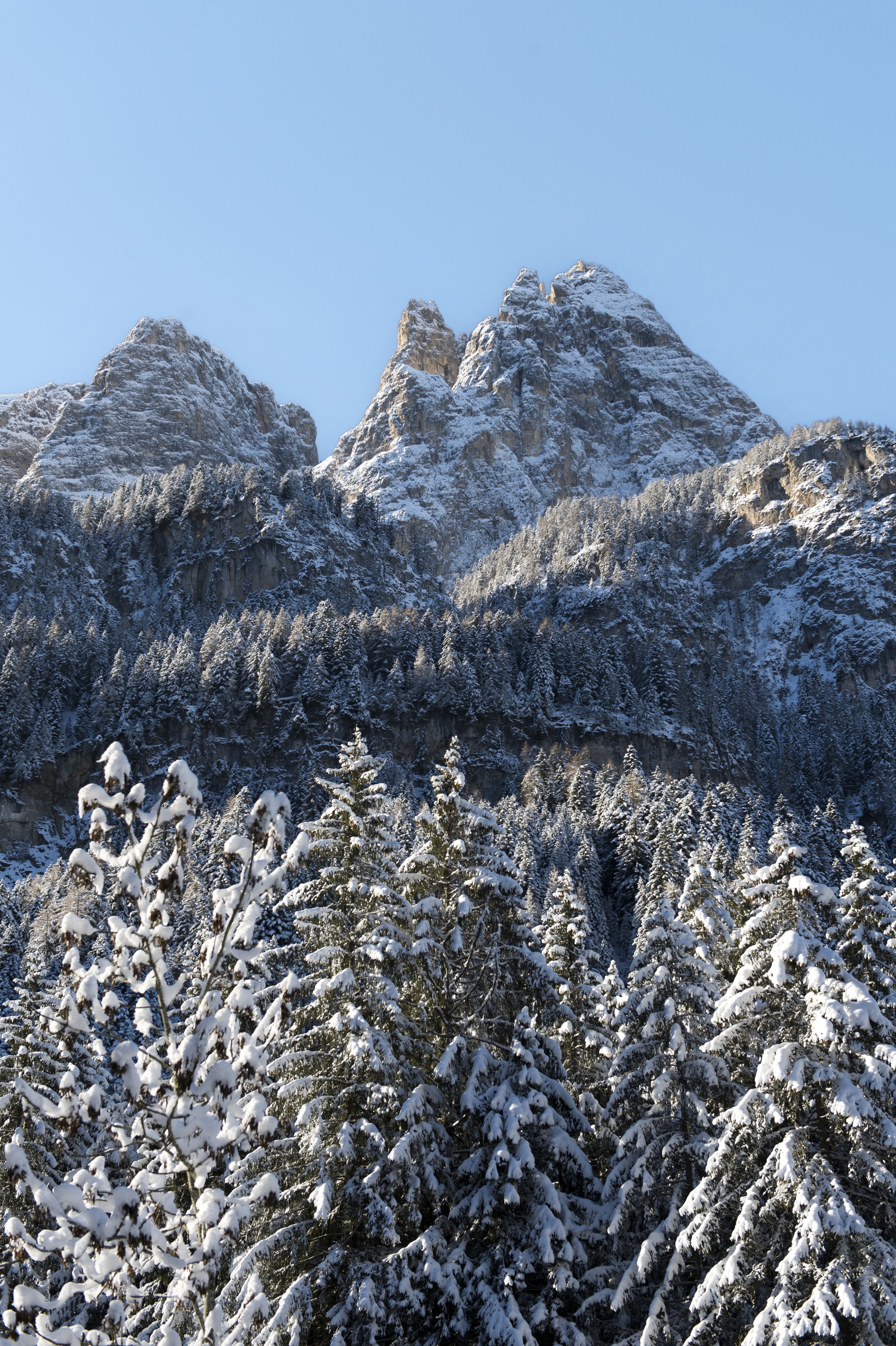
winter
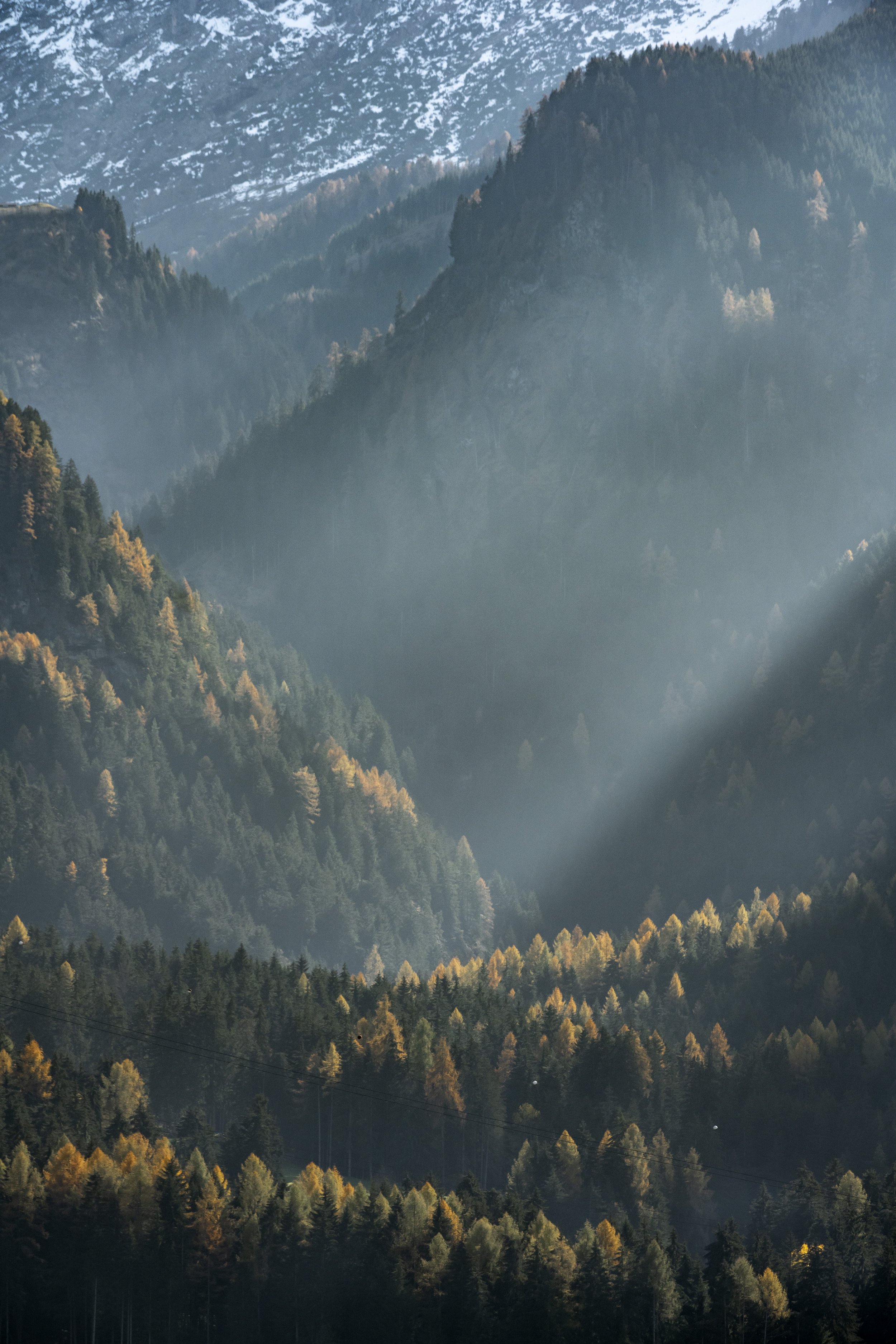
autumn

summer
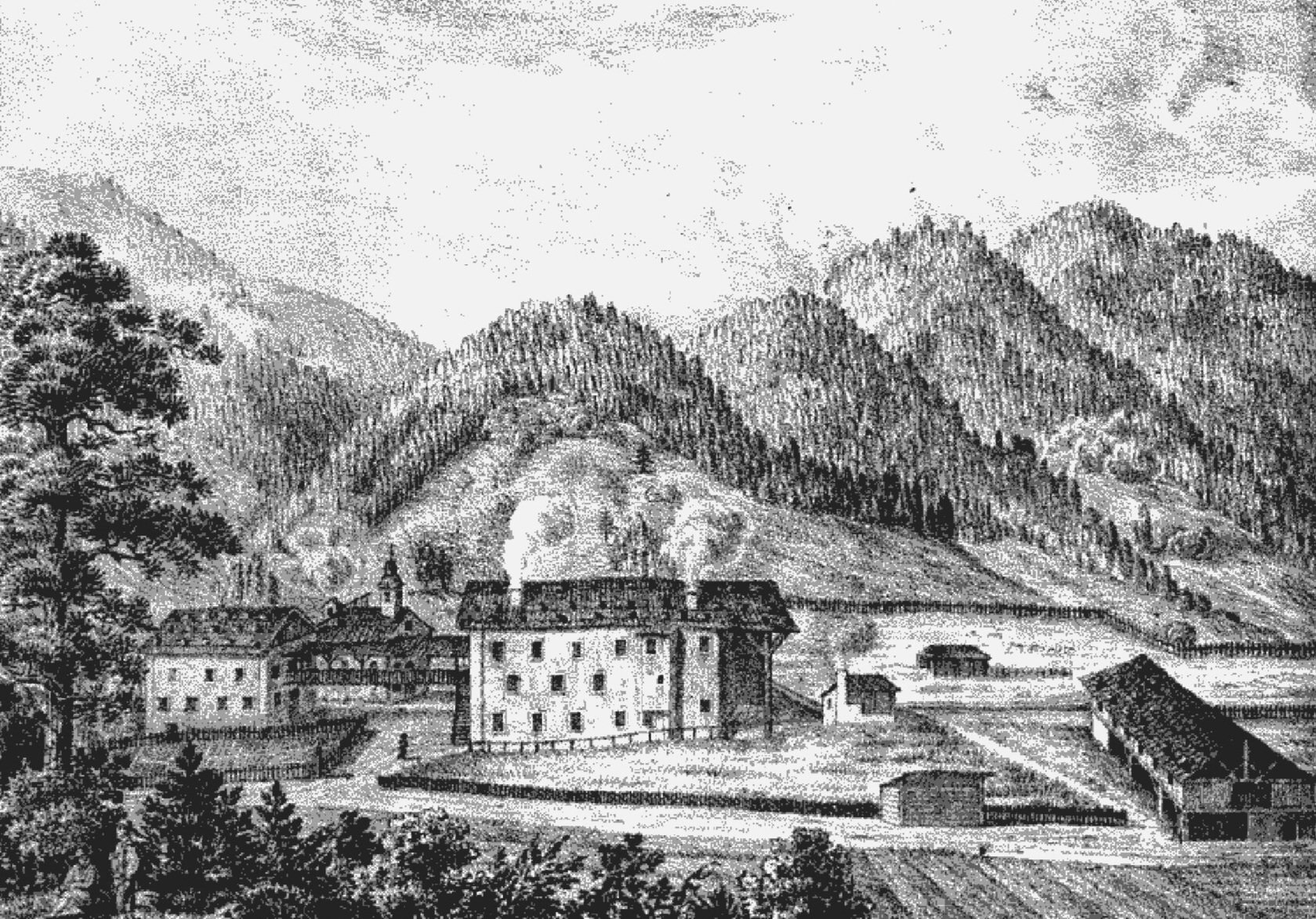

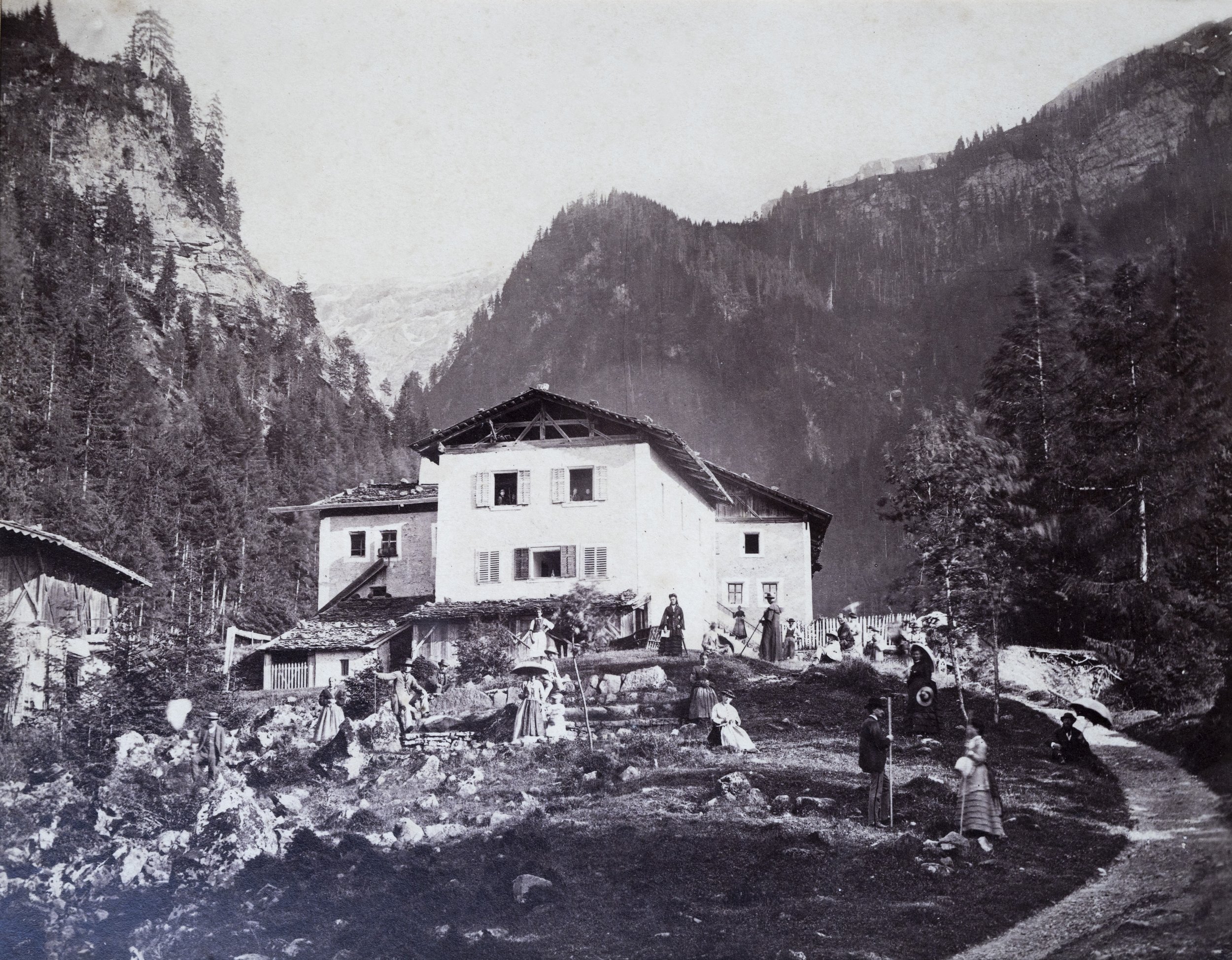
“Two springs, one sulphurous, the other ferrous, supply the healing water, which is led to the ground floor of the house through pipes drilled into spruce trunks. Everything around the little spot is simple and unpretentious, and so are the mostly rural guests. There cannot be a quieter corner of the world. Here, man has learned to rebel against nature and build those "grand hotels" that surprise the traveler with eaux chaudes and eaux bonnes. Long may the shadows of the Schlern fall on nothing more artificial than this humble roof hidden under the dark spruces!"
Georg C. Churchill - An Excursion to Val Fassa - 1860"
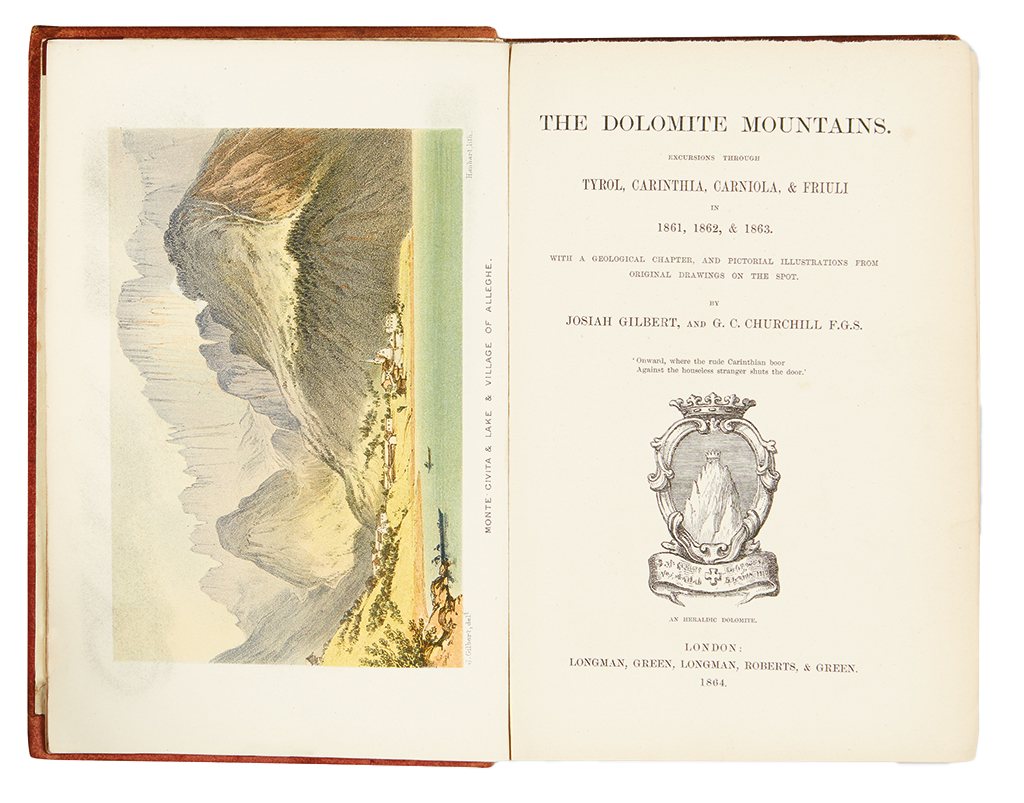
The Dolomite Mountains J. Gilbert und G. C. Churchill - 1864
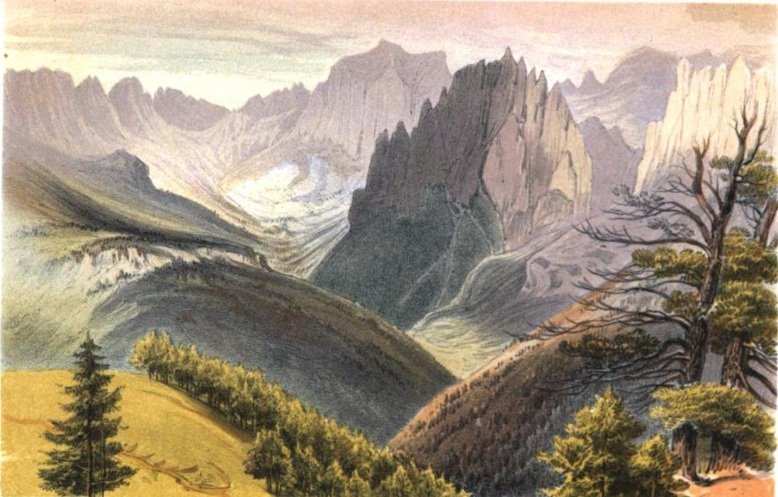
Illustration in The Dolomites Mountains von J. Gilbert, „Der Rosengarten, Aussicht von Sasso di Damm, Val Fassa“ - 1864
"There were magnificent views on all sides, and in the distance the yellow walls of a ruin peeked out of the forest: Hauenstein! But the path there would not end, still winding uphill and we climbed step by step in the dark shade of the spruces, while here and there a roaring torrent showed its foam. At last, some passers-by - they were not tourists and not farmers - suggested that there must be a house nearby. A few steps away from the building, the modest bathhouse of Ratzes came into view: on the right, pressed tightly against the slopes of the Schlern, on the left, overlooked by a dense forest of the Seiser Alm."
Georg C. Churchill & Josiah Gilbert - The Dolomite Mountains - 1864






